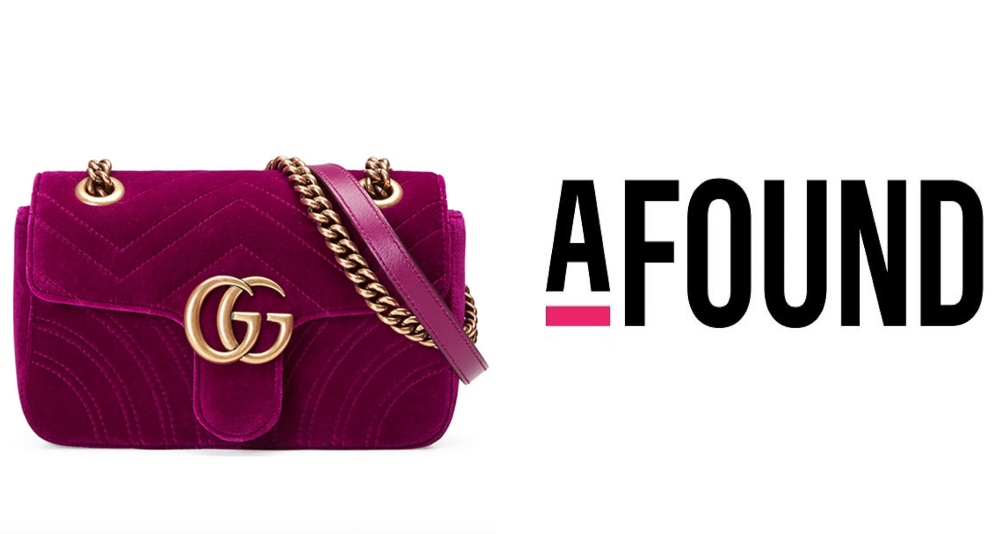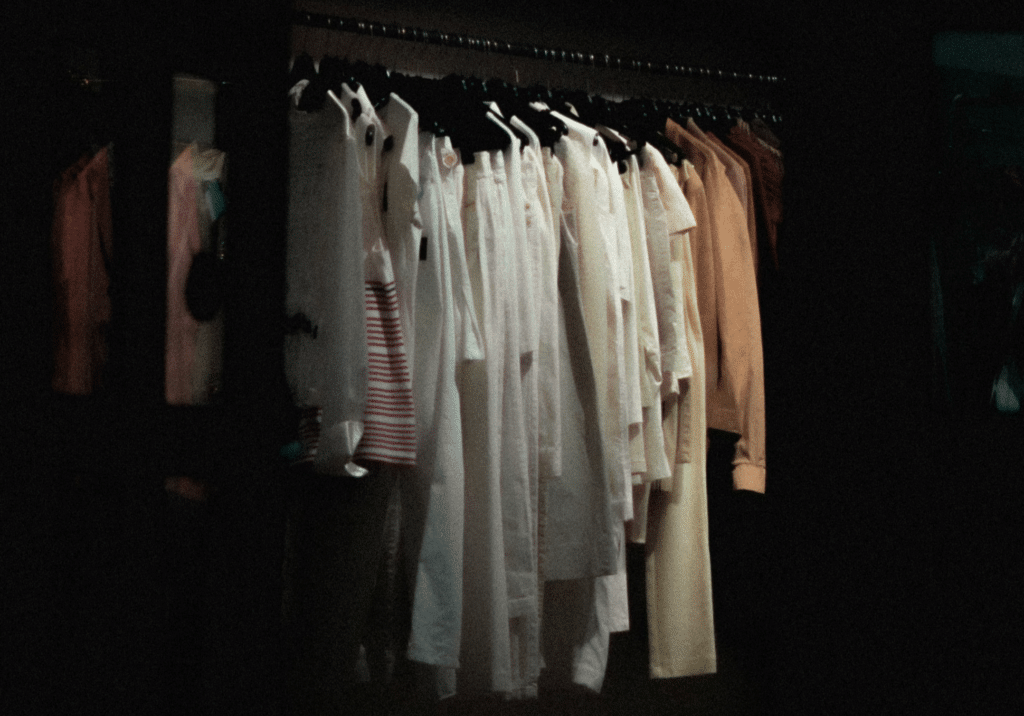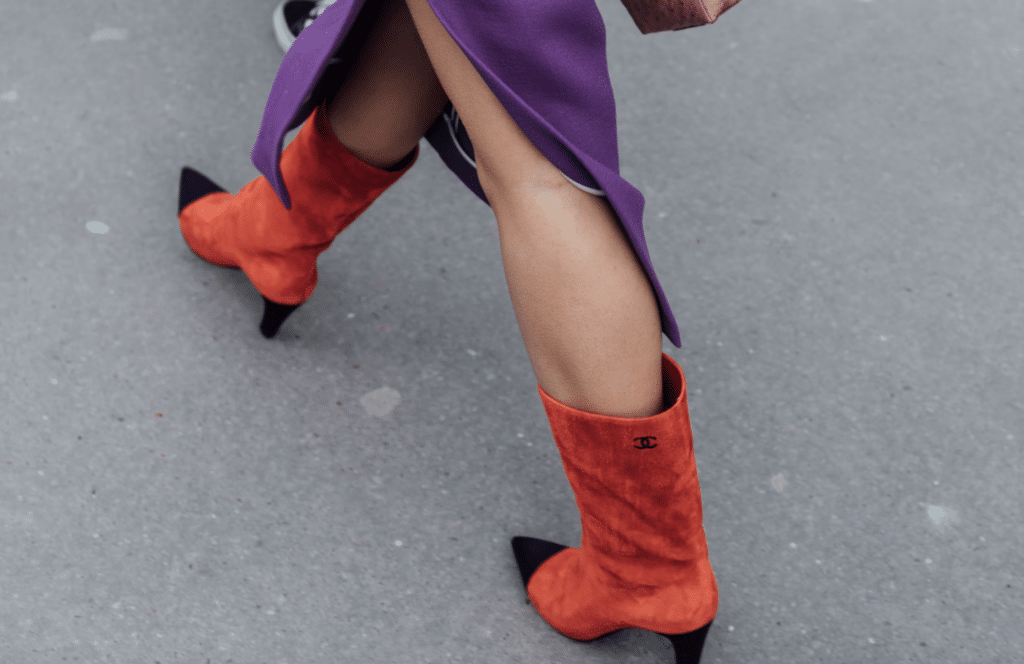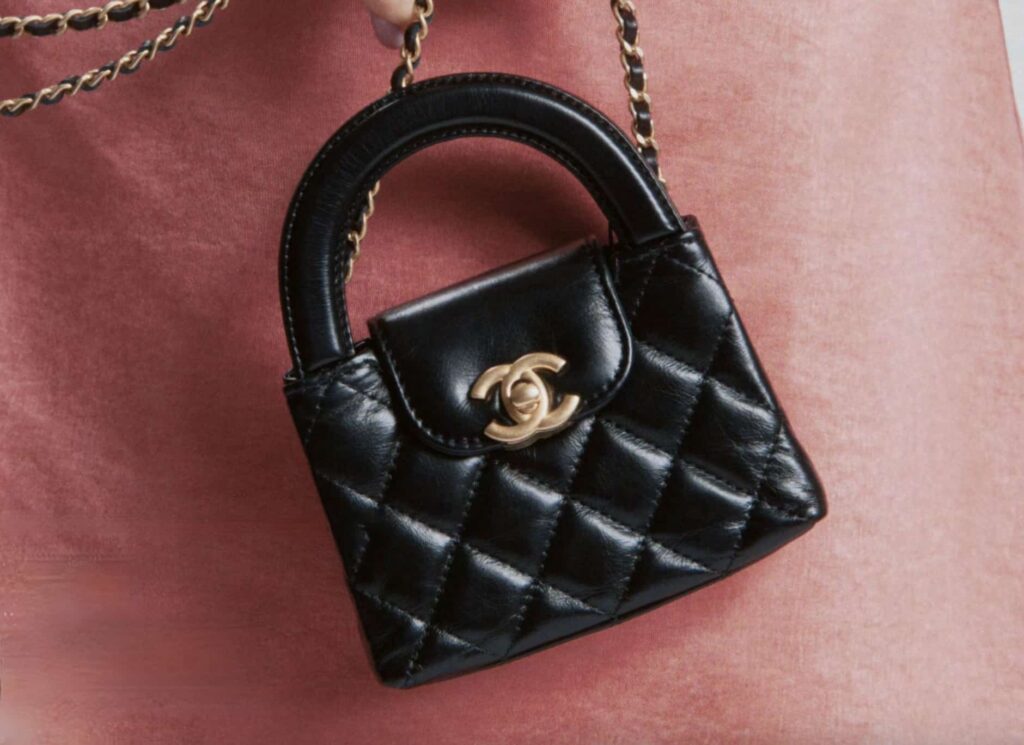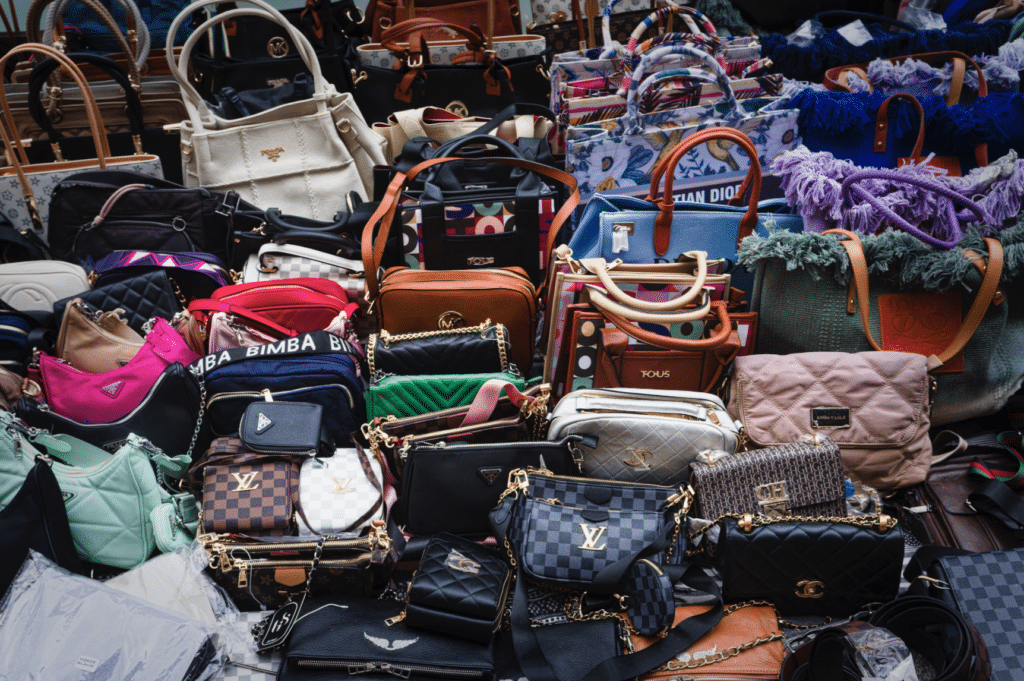There are Gucci and Dior bags, Prada and Jimmy Choo shoes, Fendi jewelry, and Margiela t-shirt dresses to be scooped up on Afound. One of the newest websites to join an increasingly crowded – and still growing – resale market, Afound has an interesting owner: H&M Group. With its marquee fashion brand in mind, the one known for churning out tens-of-millions of low cost garments and accessories each year, an off-price luxury site is certainly a stark departure for the Scandinavian super-group. And yet, that is exactly where the $26 billion company, the second largest apparel company in the world, is setting its sights.
H&M and Gucci bags are an inherently unlikely pairing. However, a quick look around Afound’s website adds some important context. Not only is the company offering up discounted goods from some of fashion’s most well-known names, it is stocking a whole lot of its own wares, as well. Frocks with H&M, Monki, and Cheap Monday labels abound, as do accessories from & Other Stories and COS. These are all brands that fall under the H&M Group umbrella.
Considered against the greater scheme of H&M Group’s recent dealings, its new brand begins to make even more sense. In recent years, the parent company of H&M has been branching out of its well-established trade of dirt-cheap garments and accessories, likely, in part, because it having almost all of its eggs in the H&M basket is not working.
H&M, which was once one of the fastest to turnover trendy garments and accessories (following behind Zara and its radically integrated logistics operations, of course), has become woefully antiquated in terms of the leanness, agility, and sophistication of its supply chain in comparison to “ultra-fast fashion” entities like Fashion Nova, ASOS, Boohoo and Missguided, which are featuring new items every week.
Add to that the fact that the group’s shares lost nearly two thirds of their value since achieving record highs in 2015, as H&M has lagged behind its competitors in terms of the adoption of e-commerce capabilities and its overall approach to merchandizing. As Forbes’ Pamela N. Danziger wrote early this year, “H&M is a mess both figuratively and literally,” referring to the state of its financials, as well as to the assortment and composition of the offerings in its stores.
With such losses in mind, H&M Group has not only been working to address its logistical issues, but has also taken to broadening its roster, introducing &Other Stories, COS and Arket, its more up-market (than H&M) apparel companies, and Nyden, its millennial-focused “affordable luxury line,” among others. Afound is the latest addition to that list.
While the off-price market is well-established in the U.S., with roughly 80 percent of sales in the $62 billion segment taking place there, growth is on the horizon abroad. According to Euromonitor, in Western Europe, sales in the off-price retail market for the 5 years leading up to 2017 grew by nearly 50 percent; in Eastern Europe, they were up by over 90 percent. Unsurprisingly, H&M Group wants in and Afound was born.
“The idea was to create an innovative marketplace in the off-price sector,” Mattias Ekberg, creative director of H&M’s newest venture said this spring. Afound’s managing director, Fredrik Svartling, elaborated, on the new venture, saying, “Consumer demand is changing as shoppers are constantly on the lookout for great deals. The Afound proposition is all about ‘giving great fashion new life’ and providing a premium experience for discounted brands.”
In addition to boasting “a curated, non-seasonal offering from Swedish and international brands in a wide variety of price bands,” H&M – in its positioning of Afoul as a “style and deal hunting paradise” – is also seemingly looking to take a page from the book of T.J. Maxx, the off-price retailer that, despite its brick-and-mortar exclusive existence, has recorded remarkable revenues in recent years thanks, in large part, to its affordable prices and its treasure hunt-like experiential shopping.
Beyond that, Afound is incorporating another winning strategy from its liquidation counterparts: the bait-and-switch. Companies such as T.J. Maxx (but also Target and co., with their limited edition designer collaborations) are known to routinely boast small quantities of “it” bags and other high fashion items in order to lure in consumers. Once those shoppers are in its stores, T.J. Maxx, for instance, can then sell them other, more affordable goods.
Afound appears to be making use of the strategy, particularly since its H&M Group-branded items significantly outnumber the Gucci and Prada ones. Given that H&M was sitting on an estimated $4.3 billion in unsold merchandise as of this spring, such a tactic – if successful – would be a much-needed boon for the group and an all-around smart move.
As of now, Afound’s marketplace is accessible to consumers by way of two brick-and-mortar stores in Stockholm and Malmö, Sweden, both of which opened in June, and a Swedish-specific e-commerce site, which launched at the same time. Additional stores in Gothenburg, Skärholmen and Kristianstad are expected to follow later this year.




